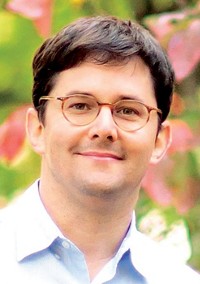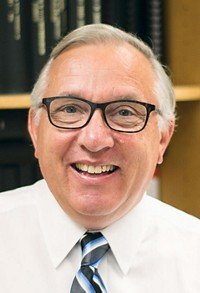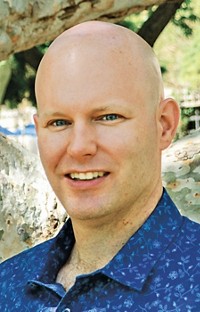Advertisement
Grab your lab coat. Let's get started
Welcome!
Welcome!
Create an account below to get 6 C&EN articles per month, receive newsletters and more - all free.
It seems this is your first time logging in online. Please enter the following information to continue.
As an ACS member you automatically get access to this site. All we need is few more details to create your reading experience.
Not you? Sign in with a different account.
Not you? Sign in with a different account.
ERROR 1
ERROR 1
ERROR 2
ERROR 2
ERROR 2
ERROR 2
ERROR 2
Password and Confirm password must match.
If you have an ACS member number, please enter it here so we can link this account to your membership. (optional)
ERROR 2
ACS values your privacy. By submitting your information, you are gaining access to C&EN and subscribing to our weekly newsletter. We use the information you provide to make your reading experience better, and we will never sell your data to third party members.
Synthesis
ACS Award In Pure Chemistry
Sponsored by Alpha Chi Sigma Fraternity and Alpha Chi Sigma Educational Foundation
by Jyllian N. Kemsley
January 11, 2010
| A version of this story appeared in
Volume 88, Issue 2
“I’m just a simple boy from New Jersey who likes chemistry,” says Phil S. Baran.
Baran, 32, a chemistry professor at Scripps Research Institute, is being honored for his approach to synthesizing natural products that are anything but simple (for example, see page 5). Baran’s humility notwithstanding, colleagues describe his work as “bold,” “inventive,” and “stunningly beautiful.”
“The target molecules Baran has synthesized are highly complex—often molecules that top synthetic organic groups around the world have been struggling with,” says Larry E. Overman, a chemistry professor at the University of California, Irvine. And “in almost all of his total syntheses, there is at least one step that few competitors would even consider attempting.”
Baran did undergraduate research with chemistry professor David I. Schuster at New York University, graduate work with K. C. Nicolaou at Scripps, and a postdoctoral fellowship with Nobel Laureate E. J. Corey at Harvard University. He credits all three for grounding him in the mechanistic logic that now underpins his approach to synthesis.
“We’ll come up with an idea based a lot on instinct from what we know about physical organic chemistry and reactivity,” Baran says. “If it does turn out to work, then we go back and do the due diligence” to figure out the exact mechanism, he adds.
As part of his approach, Baran also eschews the use of protecting groups, preferring instead to exploit a molecule’s innate chemical reactivity. His vision is to make “complex natural products in a scalable fashion and in such a way that we avoid a lot of superfluous operations that normally confound organic chemistry, such as redox manipulations and protecting-group exchanges,” he says.
The influence of Baran’s work goes beyond individual syntheses. He’s developed general reactions that can be applied to a variety of molecules, Nicolaou says. “Phil developed an elegant method for coupling heterocycles such as indoles and pyrroles with carbonyl compounds through oxidative carbon-carbon bond formation, a process that proved both practical and of wide scope and generality,” he adds.
Baran says that in college he abhorred classes that required rote memorization and didn’t do well in subjects like cultural anthropology and sociology. “I tried to exit college as fast as possible, paying attention only to chemistry because it was the only subject that I was passionate about. The excitement of exploration and the thrill of invention drew me in,” he says. He did have to memorize the periodic table, he notes, “but for me it didn’t seem like memorization.”
Baran received a B.S. from NYU in 1997 and completed a Ph.D. at Scripps in 2001. He joined the chemistry faculty at Scripps in 2003. He has received a host of awards, including the ACS Nobel Laureate Signature Award for Graduate Education in Chemistry in 2003 and the National Fresenius Award in 2007.
Baran will present the award address before the Division of Organic Chemistry.






Join the conversation
Contact the reporter
Submit a Letter to the Editor for publication
Engage with us on Twitter